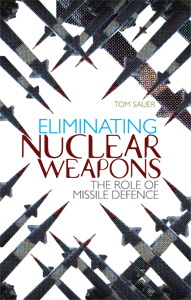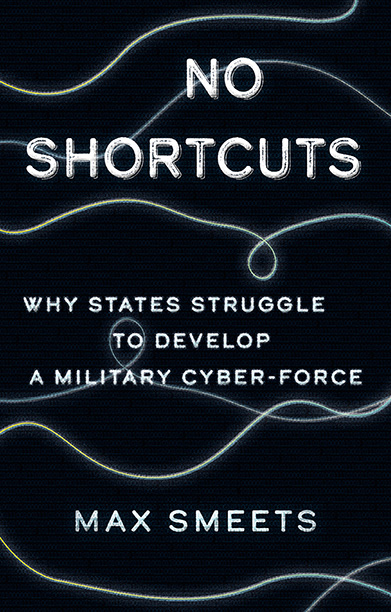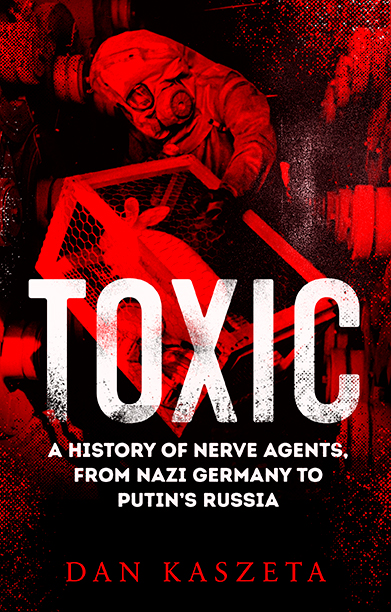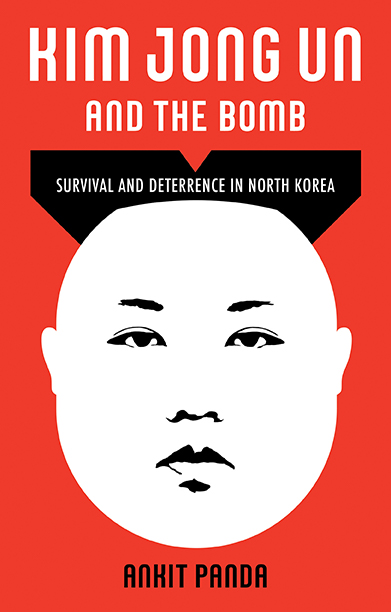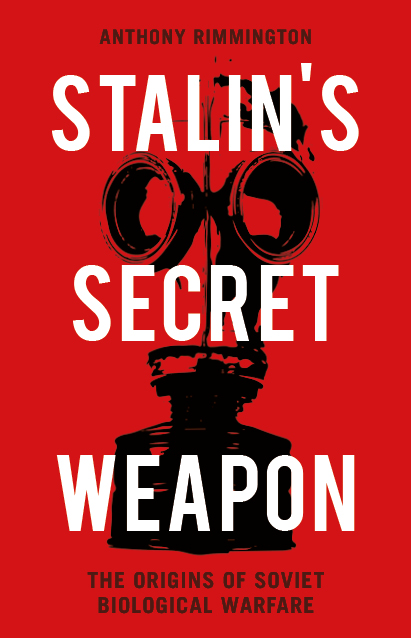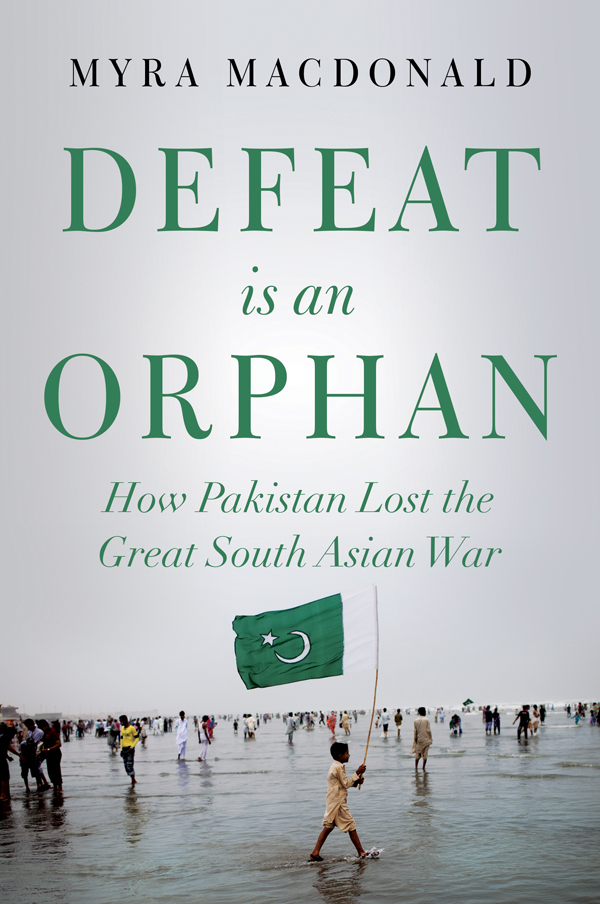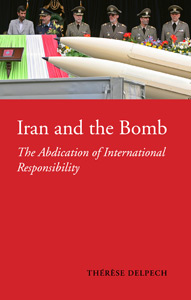Description
The goal of a planet free from nuclear weapons is at last being taken seriously by the foreign policy establishments of the leading powers. For the Obama administration, followed by the British government, leading the world to accept the elimination of nuclear weapons as a realistic political objective is a priority. In a world with new nuclear weapon states like India, Pakistan, North Korea, and in the foreseeable future Iran and others, it is only a matter of time before atomic weapons will be used again, whether in an authorised, unauthorised or accidental way. The ultimate fear — unfortunately a realistic one — is nuclear terrorism, that bleakly forbidding combination of ideology and technology.
At the same time, missile defence seems to have finally made the move from the drawing table to the concrete silo. Even the Democratic administration of President Obama continues to spend nearly $10 billion per annum on missile defense, including land- and sea-based systems to be deployed in and around Europe.
At a certain point in the not too distant future, nuclear elimination and missile defense will either reinforce or weaken each other. Is missile defence a mandatory precondition for arriving at a nuclearweapons- free world, as some claim? Or will missile defence make it more difficult, if not impossible, to reach ‘global zero’? This book is the first to systematically compare and analyse both options.
Reviews
‘This book is a timely contribution to the debate on how to guarantee the security of nation states in a world where uncertainty has increased dramatically in the wake of the end of the Cold War. … Sauer’s ultimate aim is to chart the way forward to a nuclear free world without trying to transit in one single bound; in this regard the book offers original insights into challenges posed by the threat of nuclear weapons proliferation’. — Dr Dave Sloggett, King’s College, London
‘A generation after Ronald Reagan’s Strategic Defense Initiative stymied an agreement on nuclear abolition with Mikhail Gorbachev in Reykjavik, Tom Sauer’s effort to reopen the debate about missile defence and the elimination of nuclear weapons is timely and thought-provoking, and should be of use to policy-makers worldwide interested in the quest for global zero. … this work provides an essential guide to the types of issues and implications that must be considered if the nuclear disarmament agenda is to continue to progress in the years ahead, and if nuclear abolition is to become reality.’ — International Affairs
‘Highly stimulating … Tom Sauer rightly observes that today for the first time the two ideas of nuclear elimination and missile defense seem to be taken seriously by the foreign policy establishment – subjects that are too often analysed separately but that Sauer investigates simultaneously in an original and thought-provoking way. Among the many merits of this volume, which I would strongly recommend to anyone interested in nuclear disarmament and non-proliferation, is Sauer’s successful argument that a world free of nuclear weapons is both desirable and feasible.’ — Bob van der Zwaan is Senior Scientist at the Energy research Centre of the Netherlands and Columbia University’s Lenfest Center for Sustainable Energy
‘Tom Sauer takes an unconventionally fresh and necessary look on how to rid the world of nuclear weapons. He discloses the hidden relationship between offensive and defensive weapons for nuclear missiles and missile defense. As in pre-nuclear warfare it is more complicated than you might think.’ — Prof. Dr. Heinz Gärtner, Austrian Institute for International Affairs (OIIP) and Institute for Political Science, University of Vienna.
‘In a world of over 20,000 nuclear warheads in nine states and with more states and non-state actors aspiring to own such weapons, the quest for a missile defence shield seems technologically unfeasible and financially wasteful. Assuming, however, that the world is moving inexorably towards the elimination of nuclear weapons with the final abandonment of nuclear deterrence theory, what positive and supportive role can missile defence have? Tom Sauer examines this question after a detailed analysis of the evolution of nuclear weapons and missile defence during and after the Cold War through different scenarios. … An honest and novel attempt to reconcile the age-old quest for an invulnerable defence shield, albeit in a safer nuclear weapon-free world, with the threat from “rogue” states and terrorists in a well-researched and readable book.’ — Jayantha Dhanapala, fomer UN Under-Secretary-General for Disarmament
Author(s)
Tom Sauer teaches International Politics at the University of Antwerp. He is the author of two books, Nuclear Arms Control and Nuclear Inertia: US Nuclear Weapons Policy after the Cold War, has studied at Johns Hopkins University (SAIS) and been a Research Fellow at Harvard University. Professor Sauer is also a member of Pugwash, a lobby group that seeks to reduce armed conflict and to find solutions to global security threats.
